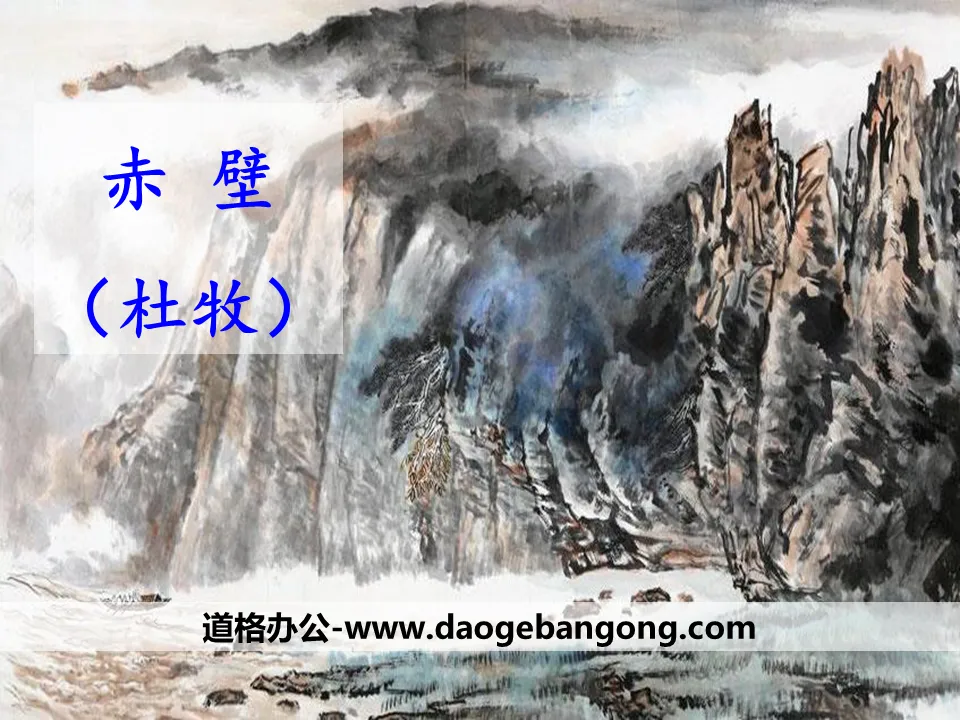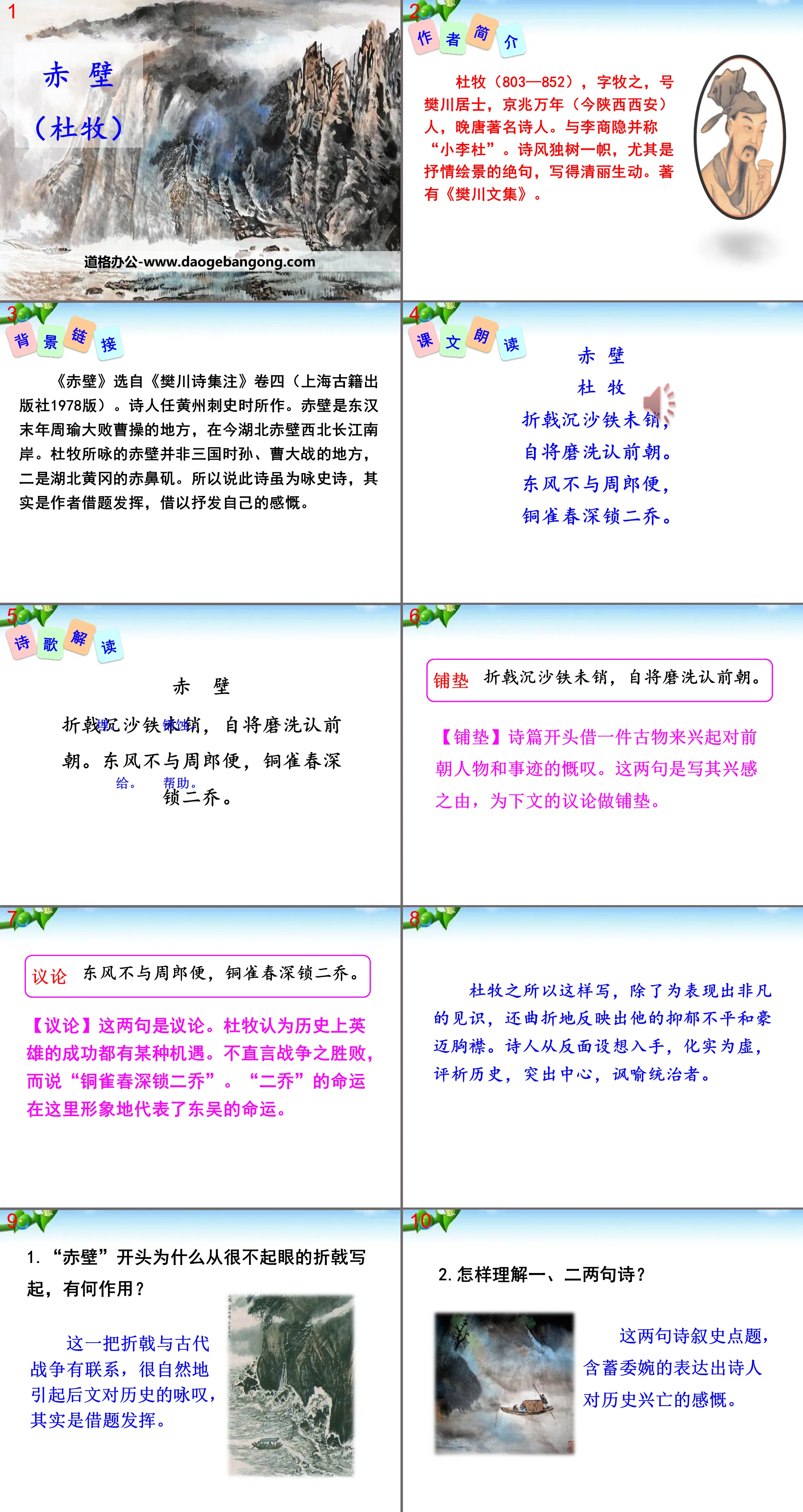The second volume of first-grade Chinese compiled by the People's Education Publishing House
The second volume of fifth-grade Chinese compiled by the People's Education Publishing House
The first volume of Chinese language for eighth grade compiled by the People's Education Publishing House
The first volume of first-grade Chinese compiled by the People's Education Publishing House
The first volume of ninth-grade Chinese compiled by the People's Education Publishing House
The first volume of fourth-grade Chinese compiled by the People's Education Publishing House
The first volume of Chinese language for sixth grade compiled by the People's Education Publishing House
The second volume of Chinese language for eighth grade compiled by the People's Education Publishing House
The first volume of Chinese language for fifth grade compiled by the People's Education Publishing House
The first volume of second-grade Chinese compiled by the People's Education Publishing House
Hunan Education Edition Third Grade Chinese Language Volume 1
The second volume of fourth-grade Chinese compiled by the People's Education Publishing House
The first volume of third-grade Chinese compiled by the People's Education Publishing House
The second volume of second-grade Chinese compiled by the People's Education Publishing House
The second volume of Chinese language for sixth grade compiled by the People's Education Publishing House
The second volume of seventh-grade Chinese compiled by the People's Education Publishing House

| Category | Format | Size |
|---|---|---|
| The first volume of Chinese language for eighth grade compiled by the People's Education Publishing House | pptx | 6 MB |
Description
"Red Cliff" PPT
Part 1: Introduction to the author
Du Mu (803-852), courtesy name Muzhi and Fanchuan Jushi, was born in Jingzhao Wannian (now Xi'an, Shaanxi Province) and was a famous poet in the late Tang Dynasty. Together with Li Shangyin, he is called "Little Li Du". The poetic style is unique, especially the lyrical quatrains, which are written clearly and vividly. He is the author of "Collected Works of Fan Chuan".
background link
"Red Cliff" is selected from Volume 4 of "Annotations to the Collected Poems of Fan Chuan" (Shanghai Ancient Books Publishing House, 1978 edition). The poet wrote it when he was the governor of Huangzhou. Chibi is the place where Zhou Yu defeated Cao Cao in the late Eastern Han Dynasty. It is on the south bank of the Yangtze River northwest of Chibi, Hubei Province today. The Red Cliff that Du Mu sang was not the place where Sun and Cao fought during the Three Kingdoms period. The second place was Chibiji in Huanggang, Hubei. Therefore, although this poem is an epic poem, it is actually the author's use of the topic to express his own feelings.
Red Cliff PPT, Part 2: Poetry Interpretation
red wall
The broken halberd sinks into the sand, but the iron is not sold. It will be washed and washed to recognize the former dynasty.
Dongfeng doesn't want to be with Zhou Lang, and Tongquechun locks Erqiao deeply.
[Foreshadowing] At the beginning of the poem, an ancient object is used to express feelings about the characters and deeds of the previous dynasty. These two sentences are the reasons for his interest and pave the way for the discussion below.
[Discussion] These two sentences are arguments. Du Mu believes that the success of heroes in history all has some kind of opportunity. He did not directly state the victory or defeat of the war, but said that "Tongquechun is deeply locked in Erqiao". The fate of "Er Qiao" here vividly represents the fate of Soochow.
The reason why Du Mu wrote this was not only to show his extraordinary insight, but also tortuously reflect his depression, injustice and heroic spirit. The poet starts from negative assumptions, turns reality into fiction, comments on history, highlights the center, and satirizes the rulers.
Chibi PPT, the third part: analyzing the text
1. Why does "Red Cliff" begin with the inconspicuous broken halberd? What is its purpose?
This broken halberd is related to ancient wars, and it naturally leads to the chanting of history in the following text. In fact, it is borrowed from the topic.
2. How to understand the first and second lines of the poem?
These two lines of poetry describe historical topics and implicitly and euphemistically express the poet's feelings about the rise and fall of history.
3. Are the three or four sentences in the poem real or fictitious? What is the purpose of writing this? Let’s talk about the profound meaning of these two poems.
Dummy writing. The author imagines the opposite result to the facts, believing that if Dongfeng had not facilitated Zhou Yu, the winner might have been Cao Cao, and history would have been rewritten. The author uses history to express his depression. The poet believes that the success of heroes in history has some kind of opportunity. As long as there is an opportunity, he believes that he will make a difference, which reflects the author's depressed and unfair mood.
4. What is the difference in expression between the two couplets before and after? What's the internal connection?
The former is a narrative, the latter is a discussion and emotion, and the narrative triggers discussion.
Chibi PPT, Part 4: In-depth exploration
What do you think of the evaluation of Zhou Lang in the last two sentences of the poem "Red Cliff"?
Student A: "Dongfeng refuses to go easy on Zhou Lang, and Tongquechun locks two Qiao deeply" is talking about Zhou Yu's victory over Cao Cao in the Battle of Chibi. There are various historical reasons for defeating Cao Cao, among which the role of weather cannot be ignored. The poet seized this point and made a discussion, believing that the decisive factor in Zhou Yu's victory was the east wind. He wrote from the opposite side: If the east wind did not facilitate Zhou Yu, then history would be completely rewritten.
Student B: Here, the poet made a sudden change and attributed the victory or defeat of the Battle of Chibi to luck and chance, completely changing Zhou Yu's decisive position and role in the war. Du Mu had the talent to manage the country and help the world, and he was proficient in politics and military affairs. He often prided himself on military strategy and knew his military skills. The discussion of Zhou Yu's lucky success in the poem is a natural expression of his military conceit.
Chibi PPT, part 5: theme exploration
This lyrical poem about history uses the commentary on the Battle of Chibi to express the poet's pride and emotion, and reveals the depression and injustice of unrealized aspirations and no way to serve the country. It also warns the rulers not to place their hopes in chance luck.
Keywords: Free download of Chinese PPT courseware for the eighth grade of the People's Education Press, Volume 1, Chibi PPT download, .PPT format;
For more information about "Red Cliff" PPT courseware, please click on the "Red Cliff" PPT tab.
"Red Cliff" PPT download:
"Red Cliff" PPT Download Part One Content: Story Introduction Red Cliff, place name, a fierce battle once took place here during the Three Kingdoms period, this fierce battle was the Battle of Chibi. The poem we are going to study today is the author Du Mu’s response to the Battle of Chibi that took place hundreds of years ago.
"Red Cliff" PPT courseware:
"Red Cliff" PPT courseware Part One: Author and background introduction Du Mu (803852), courtesy name Muzhi, was born in Jingzhao Wannian (now Xi'an, Shaanxi). From the first year of Baoli reign of Emperor Jingzong of the Tang Dynasty to the fourth year of Emperor Ai Tianyou's reign (825907), a total of eighty-three years, the history of literature is generally called...
"Chibi Fu" PPT teaching courseware:
"Chibi Fu" PPT teaching courseware Part One: Literacy Objectives 1. Understand the background of Su Shi's demotion to Huangzhou and the stylistic characteristics of Fu. 2. Grasp the role of the subject-object question-and-answer technique in expressing thoughts and feelings, and understand the complex emotions revealed by the author in the text. ..
File Info
Update Time: 2024-11-21
This template belongs to Chinese courseware The first volume of Chinese language for eighth grade compiled by the People's Education Publishing House industry PPT template
"Red Cliff" PPT Simple campus recruitment activity planning plan summary enterprise and institution recruitment publicity lecture PPT template is a general PPT template for business post competition provided by the manuscript PPT, simple campus recruitment activity planning plan summary enterprise and institution recruitment promotion Lecture PPT template, you can edit and modify the text and pictures in the source file by downloading the source file. If you want more exquisite business PPT templates, you can come to grid resource. Doug resource PPT, massive PPT template slide material download, we only make high-quality PPT templates!
Tips: If you open the template and feel that it is not suitable for all your needs, you can search for related content "Red Cliff" PPT is enough.
How to use the Windows system template
Directly decompress the file and use it with office or wps
How to use the Mac system template
Directly decompress the file and use it Office or wps can be used
Related reading
For more detailed PPT-related tutorials and font tutorials, you can view: Click to see
How to create a high-quality technological sense PPT? 4 ways to share the bottom of the box
Notice
Do not download in WeChat, Zhihu, QQ, built-in browsers, please use mobile browsers to download! If you are a mobile phone user, please download it on your computer!
1. The manuscript PPT is only for study and reference, please delete it 24 hours after downloading.
2. If the resource involves your legitimate rights and interests, delete it immediately.
3. Contact information: service@daogebangong.com
"Red Cliff" PPT, due to usage restrictions, it is only for personal study and reference use. For commercial use, please go to the relevant official website for authorization.
(Personal non-commercial use refers to the use of this font to complete the display of personal works, including but not limited to the design of personal papers, resumes, etc.)
Preview










